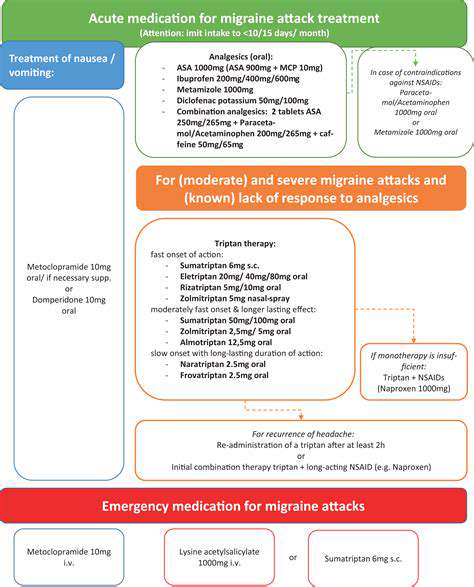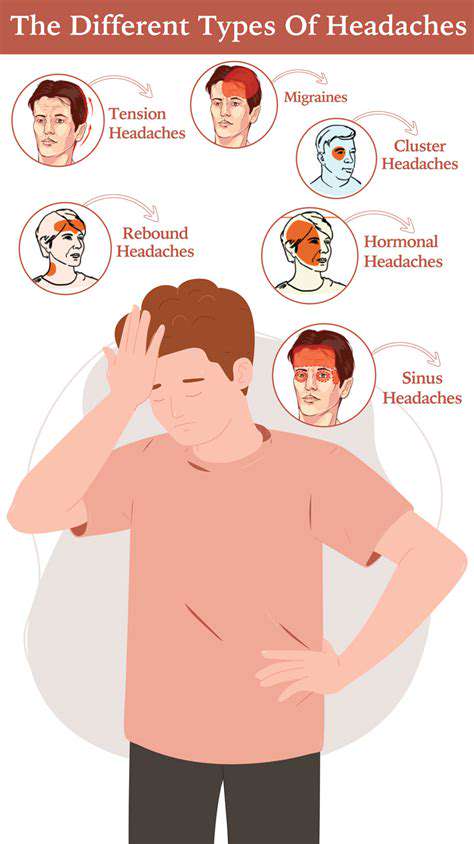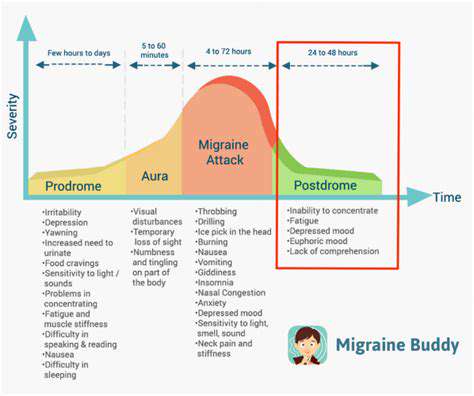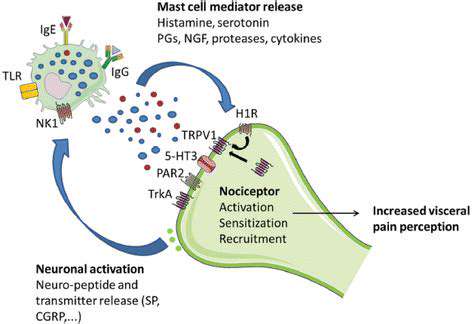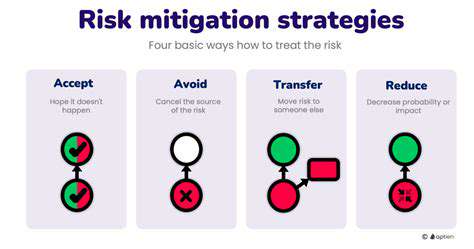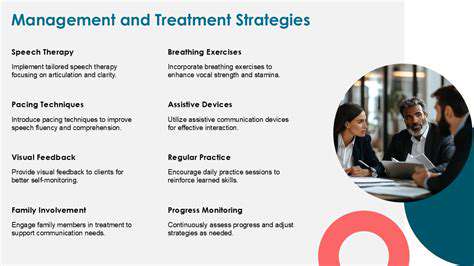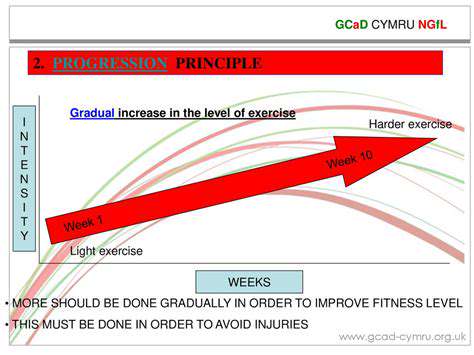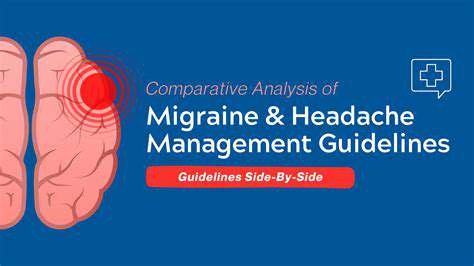Building Your Personal Migraine Management Toolkit
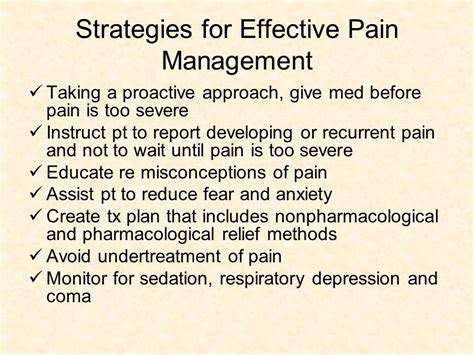
Lifestyle Adjustments for Migraine Prevention
Dietary Changes for Migraine Prevention
Adopting a migraine-friendly diet can significantly reduce the frequency and intensity of your migraines. Focus on a balanced diet rich in fruits, vegetables, and whole grains. Limit processed foods, sugary drinks, and excessive caffeine intake, as these can often trigger attacks. Keeping a detailed food diary to identify potential triggers is crucial. This allows you to recognize patterns and make informed choices to prevent future migraines.
Certain foods, such as aged cheeses, processed meats, and chocolate, are known migraine triggers for many individuals. Observing your body's response to different foods is key to understanding your personal triggers. Hydration is also vital; staying well-hydrated helps regulate bodily functions and can contribute to overall migraine prevention strategies. Consider incorporating magnesium-rich foods, like leafy greens and nuts, into your diet, as magnesium deficiency has been linked to migraine attacks.
Stress Management Techniques
Chronic stress is a significant migraine trigger for many. Implementing stress-reduction techniques can be a powerful tool in preventing migraine attacks. Practices like yoga, meditation, and deep breathing exercises can help manage stress levels effectively. These techniques promote relaxation and calm the nervous system, which can lessen migraine susceptibility.
Regular exercise is another crucial aspect of stress management. Physical activity releases endorphins, which have mood-boosting effects and can help alleviate stress. Finding an exercise routine you enjoy, such as walking, swimming, or dancing, can be highly beneficial for preventing migraines associated with stress.
Sleep Hygiene and Regular Sleep Schedules
Adequate sleep is essential for overall health and significantly impacts migraine prevention. Maintaining a consistent sleep schedule, even on weekends, helps regulate your body's natural sleep-wake cycle. This consistency can improve sleep quality and reduce the likelihood of migraine attacks.
Creating a relaxing bedtime routine can also promote better sleep. Activities like taking a warm bath, reading a book, or listening to calming music can signal to your body that it's time to wind down. Ensure your bedroom is dark, quiet, and cool to optimize sleep conditions.
Ergonomics and Posture
Maintaining good posture and ergonomic practices throughout the day can minimize physical stress and tension, which can contribute to migraines. Proper seating arrangements, particularly at your desk or while driving, can significantly reduce pressure on your neck and shoulders. Regular breaks to stretch and move around can help maintain good posture and reduce the risk of muscle tension headaches.
Hydration and Dehydration
Staying properly hydrated is vital for overall health and plays a significant role in migraine prevention. Dehydration can trigger or worsen migraine attacks. Carrying a water bottle and consciously drinking water throughout the day can help maintain adequate hydration levels. Monitoring your urine color is a simple way to assess hydration status and adjust fluid intake accordingly.
Pay attention to your body's thirst cues and drink water proactively. Avoid excessive consumption of alcohol and sugary drinks as they can lead to dehydration, which can exacerbate migraine symptoms.
Environmental Factors and Triggers
Certain environmental factors can act as migraine triggers. Identifying and avoiding these triggers is crucial for preventing migraines. Factors such as strong smells, bright lights, loud noises, and changes in weather patterns can all be potential triggers for some individuals. Keeping a detailed migraine diary can help you pinpoint your specific environmental triggers.
Maintaining a consistent and comfortable environment, especially in your home and workspace, can minimize exposure to potential triggers. This includes controlling temperature, light levels, and noise. Being aware of how your body reacts to different environmental conditions is an important step towards migraine prevention.
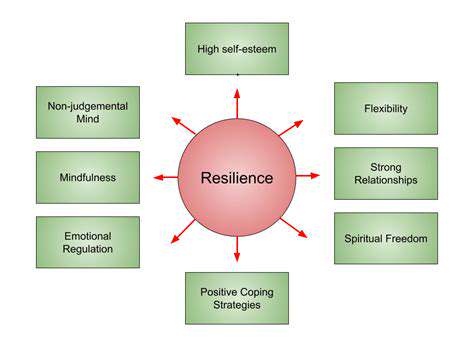
Exploring Alternative and Complementary Therapies

Exploring Alternative and Complementary Therapies
Alternative and complementary therapies offer a diverse range of approaches to health and wellness, often focusing on restoring balance and harmony within the body. These therapies frequently work alongside conventional medical treatments, providing additional support for overall well-being and addressing health concerns from various perspectives.
Many of these therapies are rooted in ancient traditions and practices, drawing upon centuries of knowledge and experience. They emphasize holistic approaches, considering the interconnectedness of mind, body, and spirit in maintaining health and preventing illness.
Acupuncture
Acupuncture, a traditional Chinese medicine technique, involves inserting thin needles into specific points on the body. Practitioners believe that these points are connected to energy pathways (meridians) and that stimulating them can restore the flow of vital energy, promoting healing and preventing illness. Acupuncture has been used for centuries to treat a wide array of conditions, including pain management, stress reduction, and digestive issues.
Herbal Remedies
Herbal remedies utilize plants and their extracts to promote health and treat various ailments. A wide array of herbs have been used for medicinal purposes throughout history, and modern research continues to explore their potential benefits. Many herbal remedies offer natural ways to support various bodily functions and address symptoms, but it's crucial to consult with a healthcare professional before using them, particularly if you have existing medical conditions or are taking other medications.
Different herbs have unique properties and may interact with other substances, so proper guidance is essential for safe and effective use.
Yoga and Meditation
Yoga and meditation are ancient practices that aim to cultivate physical and mental well-being. Yoga combines physical postures, breathing techniques, and meditation to enhance flexibility, strength, and balance. Meditation techniques focus on developing mindfulness and awareness, promoting emotional regulation and stress reduction.
By fostering a deeper connection with the body and mind, these practices can help individuals manage stress, improve sleep quality, and enhance overall mental clarity.
Massage Therapy
Massage therapy involves manipulating soft tissues of the body to improve circulation, reduce muscle tension, and alleviate pain. Different massage techniques, such as Swedish massage, deep tissue massage, and sports massage, address specific needs. Massage therapy can provide relief from muscle soreness, reduce stress and anxiety, and enhance overall relaxation and well-being.
Mindfulness Practices
Mindfulness practices encourage present moment awareness without judgment. These practices often involve focusing on the breath, bodily sensations, or thoughts and feelings as they arise. Mindfulness can help individuals develop greater self-awareness, reduce stress, and cultivate a more compassionate and accepting attitude toward themselves and others.
Through regular practice, individuals can cultivate a greater sense of calm and clarity in their daily lives, fostering emotional well-being.
